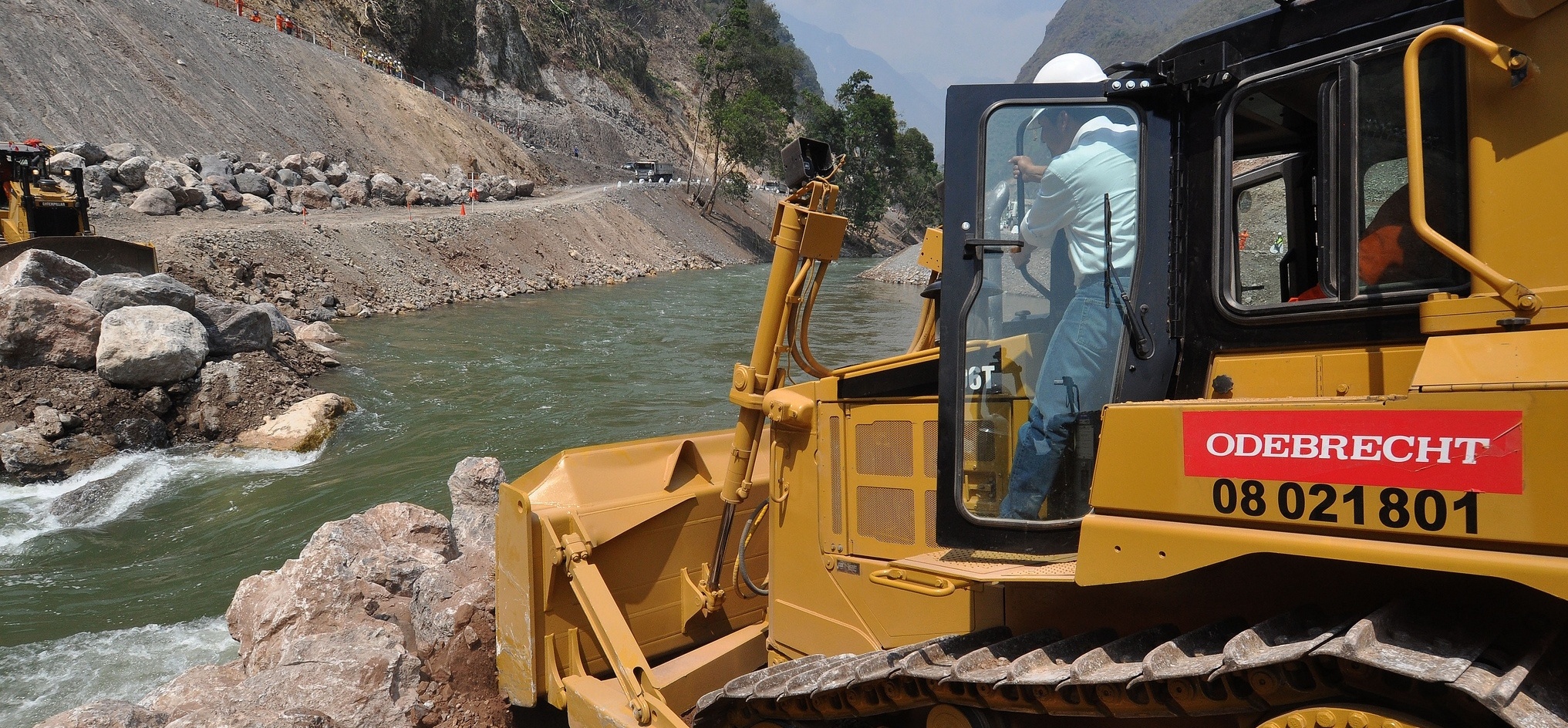This post is one in a series of feature stories on trends shaping advanced energy markets in the U.S. and around the world, drawn from Advanced Energy Now 2015 Market Report, which was prepared for AEE by Navigant Research.

Hydropower is a mature technology that has tapped most of the resources available in developed countries, with the exception of Canada, which continues to eye large hydro projects. Despite this, there are still hydro opportunities available in the United States. An estimated $4 billion worth of orders were made over the past four years, mostly to repower and/or upgrade aging hydroelectric plants, develop small projects, and create energy storage (pumped hydro), totaling 618 MW of installed capacity.
Globally, the picture is quite different. Developing countries such as China, Russia, Laos, Chile and Peru continue the development of new large hydroelectric plants. Orders for these new developments accounted for roughly 85.4 GW of new capacity in the past four years, representing $550.1 billion in revenue.
Just in 2014, China commissioned nine projects of over 2GW in capacity – including portions of the Xiluodu hydro project, the third largest hydro plant in the world, with approximately 12.6 GW of capacity from 18 turbines of 700 MW each. Russia also finished the works in its Buguchany Dam on the Angara River, toward the border with Mongolia. The plant has a capacity of almost 3 GW and was built at a cost of $2.6 billion. Additional projects in Asia are Laos’s Xe Pian–Xe Namnoy with 410 MW capacity worth $1 billion and the 290 MW Nam Ngiep 1 project worth $643 million.
In Latin America, Chile, Peru and Costa Rica developed the largest hydropower projects. Chile took the lead with a $2 billion investment in its 531 MW Alto Maipo run-of-the-river plant, which is now under construction, followed by Costa Rica’s Reventazon plant, which involved an investment of almost $1.4 billion to develop 305 MW of capacity. Peru has two projects with a similar capacity. The Chaglla plant on the Huallaga River in Peru cost $1.2 billion and has a capacity of 462 MW while the Cerro del Aquila plant’s 500 MW capacity will need only $900 million of investment by the time it is finished in mid-2015.
The cost per megawatt of installed capacity varies widely depending on the difficulty of the project, the technology used, and the social and environmental mitigation costs. For example, the Alto Maipo run-of-the-river plant cost $3.9 million/MW to develop while super large-scale dams in China such as the Xiluodu Hydropower plant, were reported in 2003, when construction started, as low as $0.6 million per MW ($0.8 million/MW of today’s dollars) – though Navigant estimates the true cost, including resettlement, cost overruns, and other non-included costs to push the final price tag significantly higher. All hydropower projects are unique. For example, the Xiluodu hydropower plant in China is almost 30 times larger than Alto Maipo and is using conventional turbines, while the Chilean project involves the construction of 67 kilometers (42 miles) of tunnels in the Andean range at deeps of up to 1,700 meters (5,580 feet) and is using more expensive run-of-the-river technology. A Navigant study of hydropower projects found a range in installed costs of $1 million to $6 million per MW.
Hydropower projects often face strong public opposition due to the impact on local communities, ecosystems, and cost overruns – but remain the largest source of renewable energy in the world. Furthermore, due to its large reservoirs, hydro represents the largest and most cost-effective form of energy storage, able to meet demand as it fluctuates.
Companies such as Siemens, Alstom, and Voith are targeting developing countries where future growth is expected, including in Africa, which is home to six of the 10 fastest growing economies globally. Notably the Grand Inga hydropower project in the Democratic Republic of Congo could be the world’s largest hydropower project with potential capacity of approximately 40 GW, larger than China’s massive Three Gorges Dam.
Image features the construction of the Huallaga hydro project in Peru. Courtesy of Presidencia Perú.
